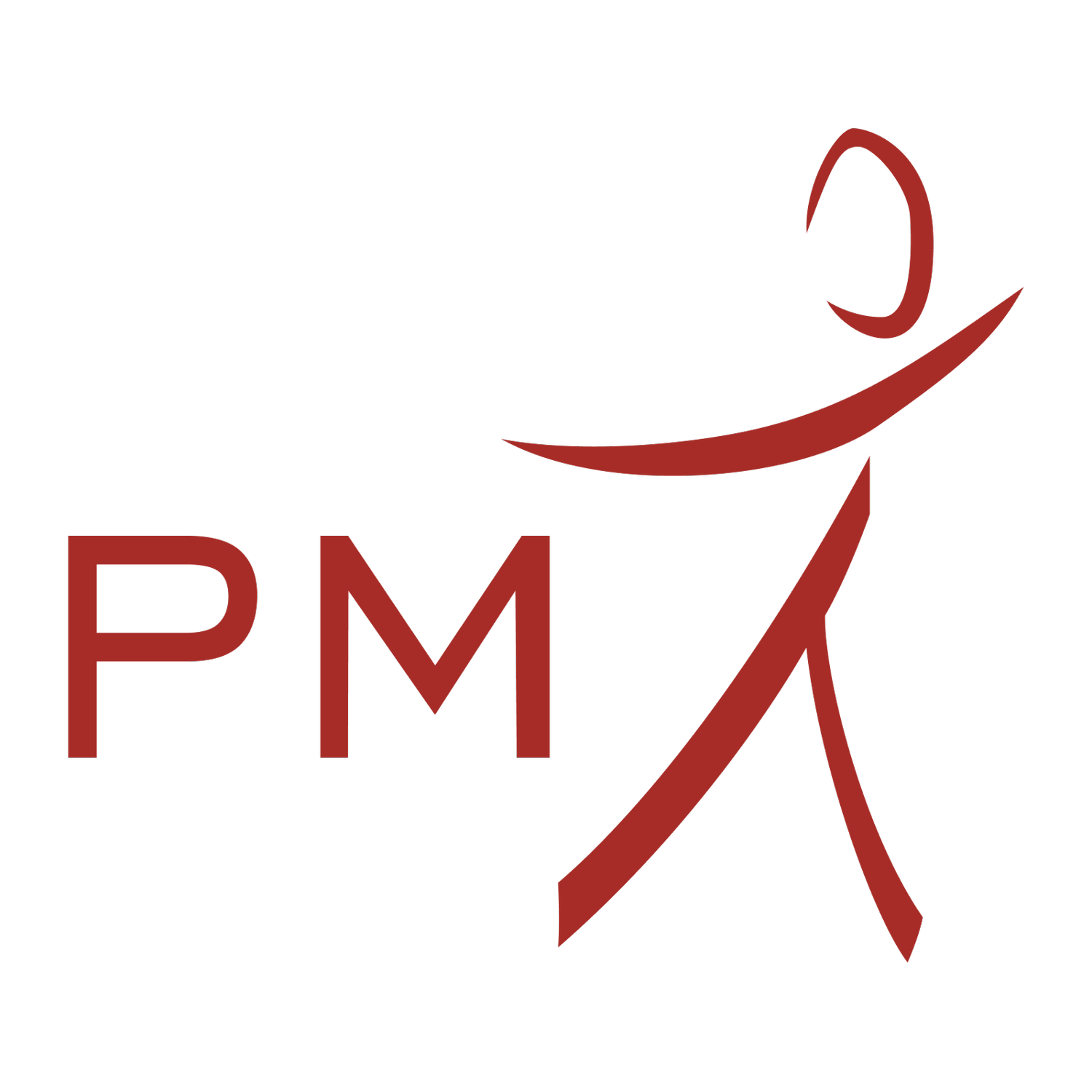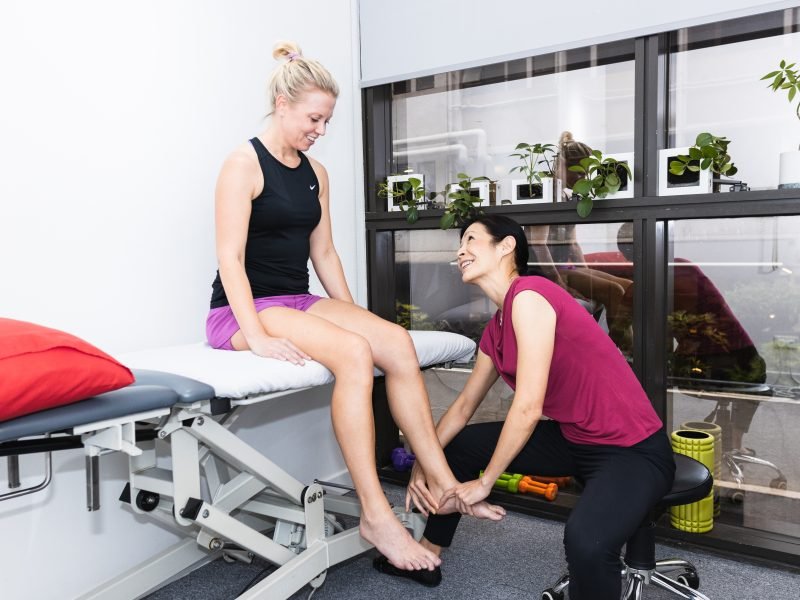Acute Ankle injuries
The Ankle Complex
The ankle joint is a hinge joint that is formed by the talus, tibia and fibula bones. The major ligaments of the ankleare: the large medial deltoid or medial collateral ligament (MCL), the lateral collateral ligaments (LCL) and the ligaments between the tibia and fibula bones (tibio-fibula syndesmosis).
The surface of the bones inside the ankle joint is covered by cartilage, which absorbs shock and provides a smooth, gliding surface for joint movement.
acuum- like seal and increases the stability of the hip joint.
Common Ankle Injuries
Acute injuries to the ankle usually occurs in sports, either contact or non-contact that require twisting movements and sudden changes of direction, especially sports such as football, basketball, netball and hockey. Injuries range from mild with minimal damage to severe where ligaments can be ruptured, or bones fractured. Pain, bruising, or swelling may be present.
Ankle Sprains & Fractures
An ankle sprain occurs when a ligament within the ankle is over stretched or torn. Typically, the ankle is rolled outwards (LCL sprain) and less commonly, rolled inwards (MCL sprain). When a sprain is severe, it can cause a fracture of the fibula that can vary from a chip of bone to a displaced fracture requiring surgical intervention.
Symptoms vary depending upon the grade (I, II, or III) of the sprain and the specific ligament that is injured. The morbidity and management will vary depending on the severity of the ligaments injured and whether there are other associated fractures. Common symptoms of ankle sprains include:
Pain and swelling – Both will vary depending on the grade of sprain. Pain may be dull for mild sprains and sharper with more severe sprains.
Limited mobility
Popping noise – You may hear an audible popping or snapping sound at the time of injury. It may indicate that one or more ligaments were torn, suggesting a more serious (Grade III) sprain.
Inability to weight bear
Bruising – May indicate a more serious sprain (Grade II-III)
Below is a classification of the grade and the severity of ligament injury:
Grade I: Usually minor with minimal impact on most activities and usually recovers in 1-3 weeks.
Grade II: Moderate to significant impact on activities associated with pain and usually recovers in 3-6 weeks
Grade III: Complete tear associated with significant morbidity. May take 6-12 weeks to recover. May be associated with a bone fracture that will range from conservative management to surgical intervention. If fractures are suspected, further investigation such as x-rays or MRI’s will be required.
Effective early management of ankle sprains is crucial in preventing re-occurrences and undesired compensatory patterns elsewhere in the musculoskeletal system. Often, mis-managed ankle sprains are the beginnings of other issues such as lower back pain and muscular imbalances.
Talar Dome Injuries
The talar dome is the upper surface of the calcaneus bone (heel bone). A talar dome injury occurs with damage to the cartilage and sometimes underlying bone of the talus. Injuries can be traumatic e.g., an ankle sprain or chronic from repetitive inappropriate loading on the bone.
Persistent pain from an ankle sprain or from poor loading at the front and deep in the joint must be checked for a talar dome fracture. Undiagnosed & inappropriate management can cause chronic pain.
Signs and symptoms
Deep ankle pain: usually at the front of the ankle especially when weight bearing.
Aggravating activities: activities with pivoting; prolonged weight bearing especially on hard uneven surfaces; going up and down hills or steps; jumping
Ankle joint: swelling, stiffness & tender to touch
How Does Physiotherapy Help?
At PhysioMotion, our Physiotherapists will perform a comprehensive assessment to diagnose your injury and start a progressive treatment protocol to expedite recovery. Early intervention is highly recommended to prevent further injury and unwanted compensatory mechanisms in other regions of the body.



